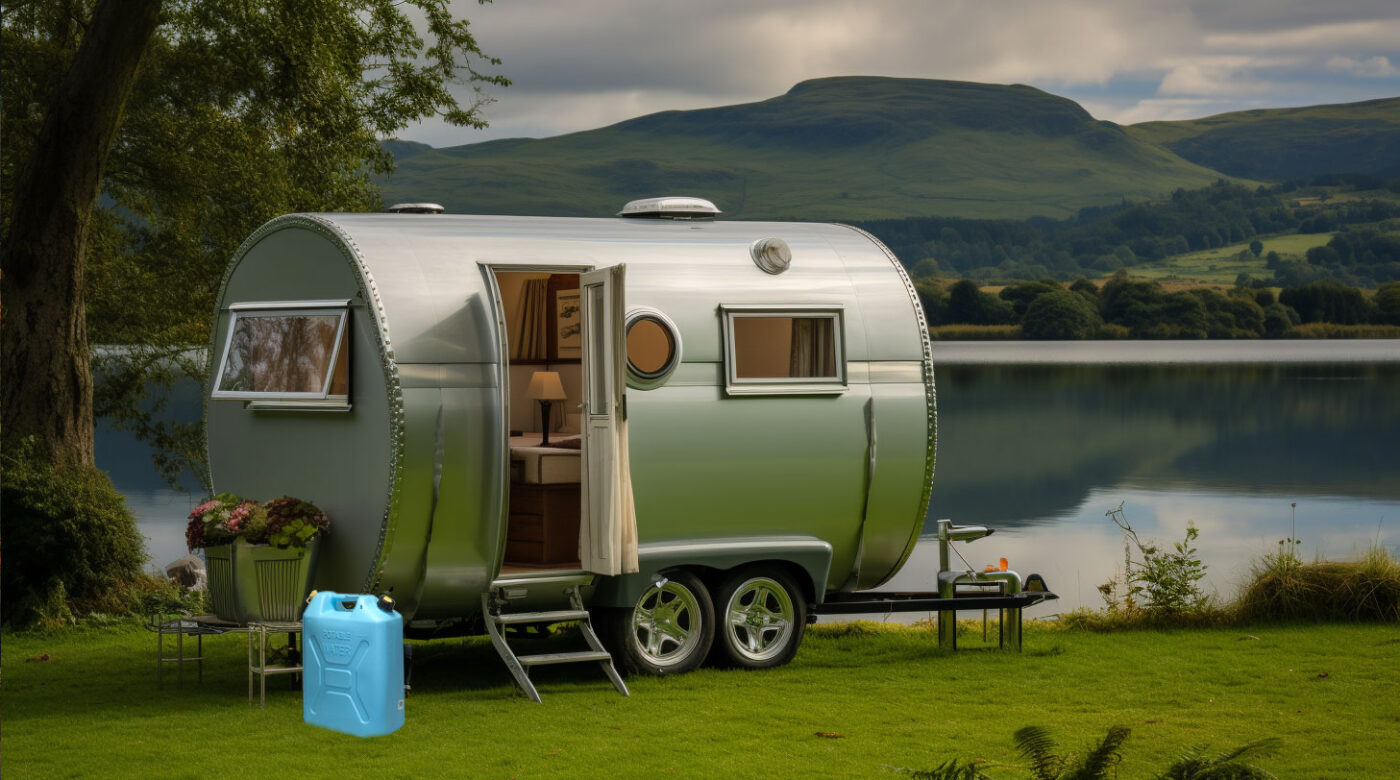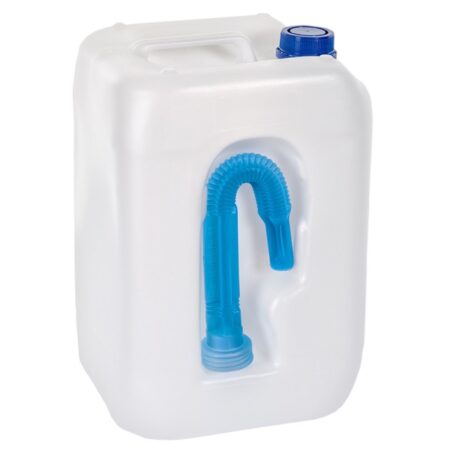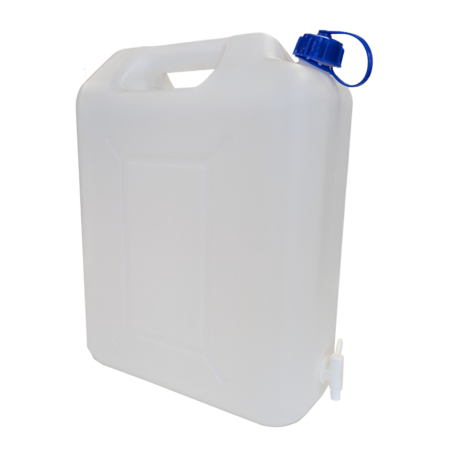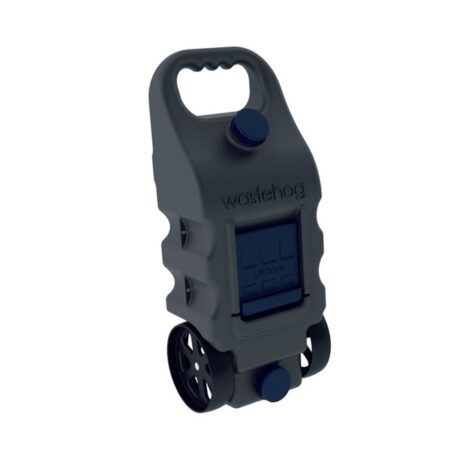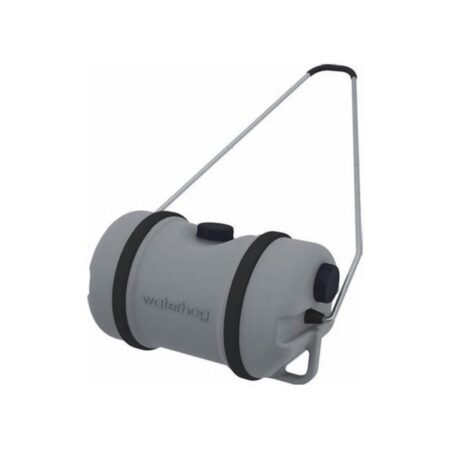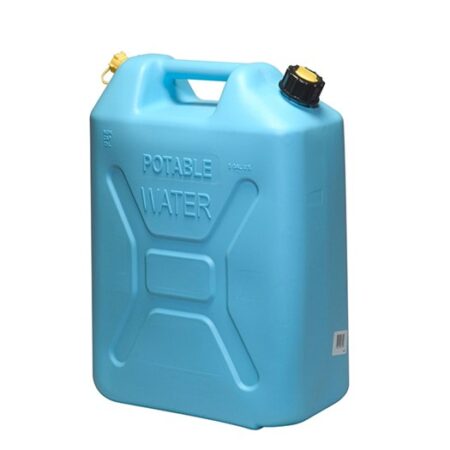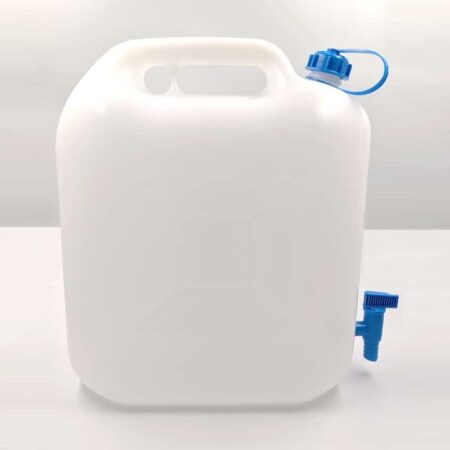Water Containers
How Long Will Tap Water Last In A Plastic Container?
The longevity of tap water stored in a plastic container depends on various factors, including the quality of the container, environmental conditions, and how well-sealed the container is. Generally, tap water stored in a clean, tightly sealed plastic container can remain safe to drink for several days to a few weeks. However, if the container is exposed to sunlight or fluctuating temperatures, or if it’s not properly sealed, the water’s quality may deteriorate more quickly.
Moreover, while tap water doesn’t typically spoil or become unsafe to drink in a short period, it can develop a stale taste over time due to exposure to air and the potential absorption of odours from the container. To maintain the freshness and quality of stored tap water, it’s advisable to use containers specifically designed for water storage, ensure they are cleaned regularly, and store them in a cool, dark place away from direct sunlight and extreme temperatures. Additionally, rotating stored water periodically and replacing it with fresh water helps ensure you have a clean and reliable water supply for your needs.
Water Storage Table
Proper water storage is essential for ensuring a safe and reliable water supply, especially during outdoor adventures or emergencies. Use the following table as a guide:
| Storage Container | Storage Time | Safety Factors |
|---|---|---|
| Plastic Water Bottle | 1-6 months | Keep away from sunlight and extreme temperatures. Replace every 6 months for optimal freshness. |
| Collapsible Water Container | 1-12 months | Ensure container is clean and properly sealed. Store in a cool, dark place. Replace annually. |
| Water Jug (10-20 liters) | 1-2 weeks | Regularly clean and sanitise jug. Keep lid tightly sealed. Refill as needed. |
| Waterhog (45-51 liters) | 2-4 weeks | Monitor water quality regularly. Use food-grade containers. Store in a shaded area. |
Remember to always use clean, food-grade containers for storing water. Rotate stored water periodically and replace it with fresh water to ensure optimal quality and safety.
Ways To Make Your Tap Water Last Longer
Here are some ways to extend the longevity of stored tap water by using cleaning tablets, purification agents, and other methods:
- Water Purification Tablets: Adding water purification tablets to your stored water can help kill bacteria, viruses, and other harmful microorganisms, thus prolonging its shelf life. These tablets are convenient and easy to use, making them ideal for emergency water storage.
- Bleach: A small amount of unscented household bleach can be added to water containers to disinfect and preserve the water. Follow recommended guidelines for bleach concentration and application to ensure safety.
- Water Filters: Utilising water filtration systems or portable water filters can help remove impurities and contaminants from stored water, improving its taste and quality while extending its storage life.
- UV Sterilisation: UV water sterilisation devices emit ultraviolet light to kill microorganisms in water, making it safer to drink and extending its shelf life. These devices are often compact and battery-operated, making them suitable for camping and outdoor use.
- Boiling Water: Boiling water before storage is one of the oldest and most effective methods of water purification. Boiled water can be stored in clean, airtight containers for an extended period, provided they are kept in a cool, dark place.
By incorporating these methods into your water storage practices, you can significantly extend the freshness and safety of your stored water, ensuring a reliable supply for your camping adventures or emergency preparedness needs.
What Containers Can I Use For Water Storage?
-
 20 litre Can (empty) Suitable for AdBlue®£10.75 (£12.90 inc VAT)
20 litre Can (empty) Suitable for AdBlue®£10.75 (£12.90 inc VAT) -
 20 Litre Lightweight Plastic Water Container£15.45 (£18.54 inc VAT)
20 Litre Lightweight Plastic Water Container£15.45 (£18.54 inc VAT) -
 Wastehog – 45 Litre Waste Water Carrier£38.12 (£45.74 inc VAT)
Wastehog – 45 Litre Waste Water Carrier£38.12 (£45.74 inc VAT) -
 Waterhog – 51 Litre Fresh Water Carrier£54.00 (£64.80 inc VAT)
Waterhog – 51 Litre Fresh Water Carrier£54.00 (£64.80 inc VAT) -
 Scepter – 20 Litre Water Container£22.05 (£26.46 inc VAT)
Scepter – 20 Litre Water Container£22.05 (£26.46 inc VAT) -
 22 Litre ECO Containers with Tap£12.80 (£15.36 inc VAT)
22 Litre ECO Containers with Tap£12.80 (£15.36 inc VAT)
Using Bleach To Clean Your Water Container
The recommended guidelines for using bleach to disinfect water for storage vary depending on the concentration of bleach and the volume of water being treated. Here’s a general guideline:
- Concentration: Use regular, unscented household bleach that contains 5.25%–8.25% sodium hypochlorite. Avoid using bleach with added fragrances or other additives, as they may be harmful if ingested.
- Application:
- For clear water: Add 8 drops (about 1/8 teaspoon) of bleach per gallon (3.78 litres) of water.
- For cloudy or turbid water: Double the amount of bleach to 16 drops (about 1/4 teaspoon) per gallon (3.78 litres) of water.
- Mixing: Stir or shake the water container thoroughly to ensure the bleach is evenly distributed.
- Contact Time: Allow the treated water to stand for at least 30 minutes to ensure sufficient contact time for disinfection. If the water is very cold (below 40°F or 4°C), allow it to stand for at least 1 hour.
- Smell Test: After the contact time has elapsed, the water should have a slight chlorine odour. If it doesn’t, repeat the treatment process and wait another 15 minutes before using the water.
- Storage: Store the treated water in clean, airtight containers in a cool, dark place. Use the water within 6 months for optimal freshness and safety.
Furthermore, while bleach can effectively disinfect water, it should be used as a last resort when other methods, such as boiling or filtration, are not available. Additionally, individuals with sensitivities or allergies to chlorine should avoid using bleach for water treatment.
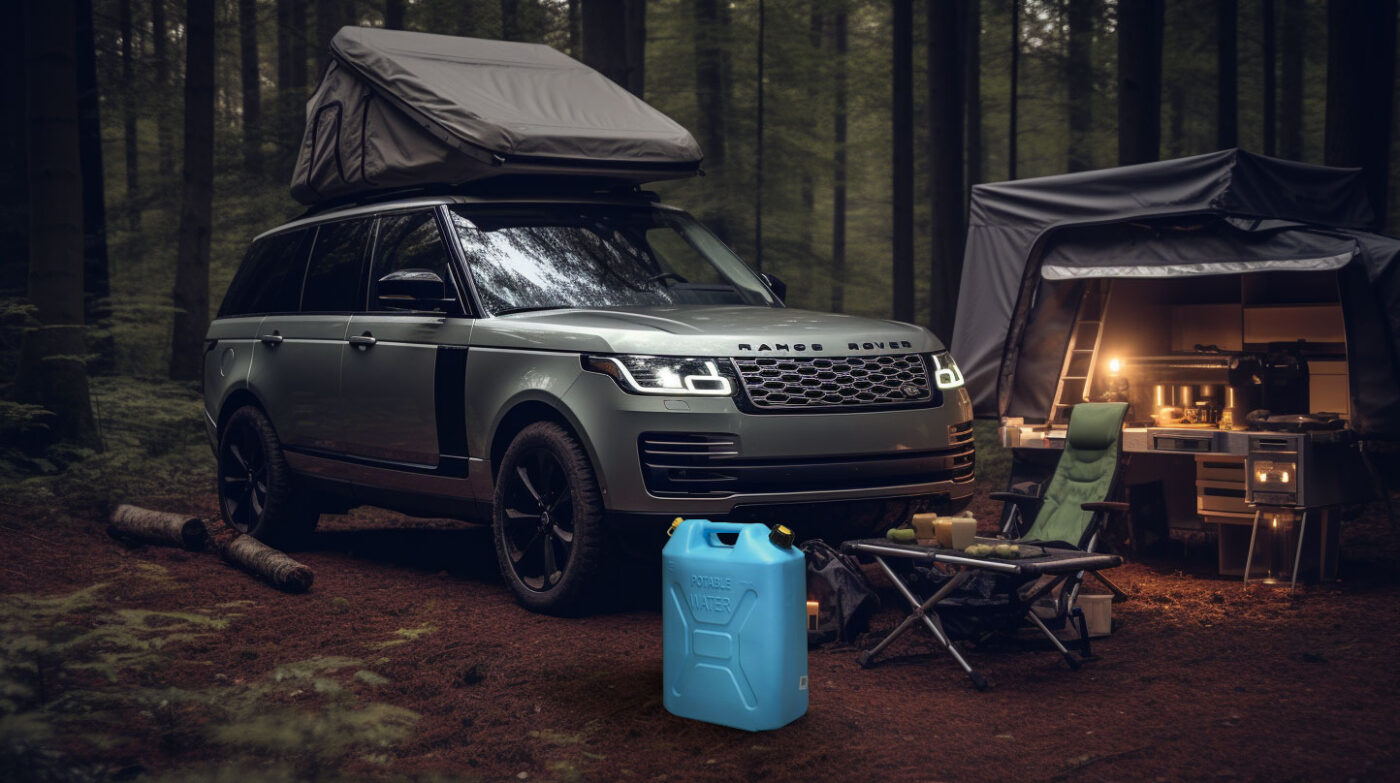
FAQs
Here are some frequently asked questions (FAQs) related to water storage and container safety:
- Is stored water safe to drink after a long period?
- Yes, properly stored water can remain safe to drink for an extended period, provided it’s stored in clean, food-grade containers and kept away from sunlight and contaminants. Regularly rotating stored water and following recommended storage guidelines can help ensure its safety.
- Will plastic water containers go bad over time?
- Plastic water containers can degrade over time, especially when exposed to sunlight, extreme temperatures, or harsh chemicals. It’s essential to use high-quality, BPA-free plastic containers specifically designed for water storage and replace them periodically to maintain water quality and safety.
- Where can I buy premium water containers like Wavian?
- Premium water containers, such as those from Wavian, can be purchased from various online retailers specialising in outdoor gear, camping supplies, and emergency preparedness equipment.
- How often should I clean and sanitise water containers?
- It’s recommended to clean and sanitise water containers before initial use and periodically thereafter, especially if they’ve been sitting unused for a while or if the water quality is in question. Use mild soap and water for cleaning, followed by a solution of bleach or hydrogen peroxide for sanitisation.
- Can I use any type of container for water storage?
- While it’s possible to use various containers for water storage, it’s crucial to use containers specifically designed for storing potable water. Food-grade plastic containers, such as those made from HDPE or PET, are generally safe for water storage. Avoid using containers that previously held non-food items or chemicals, as they may contaminate the water.
- How can I ensure the water I store remains safe during emergencies?
- To ensure the safety of stored water during emergencies, follow recommended guidelines for water treatment and storage. Use purification methods such as boiling, filtration, or chemical treatment to disinfect water before storage, and rotate stored water periodically to maintain freshness and quality. Additionally, have a reliable supply of water purification tablets or filters on hand for emergency use.

